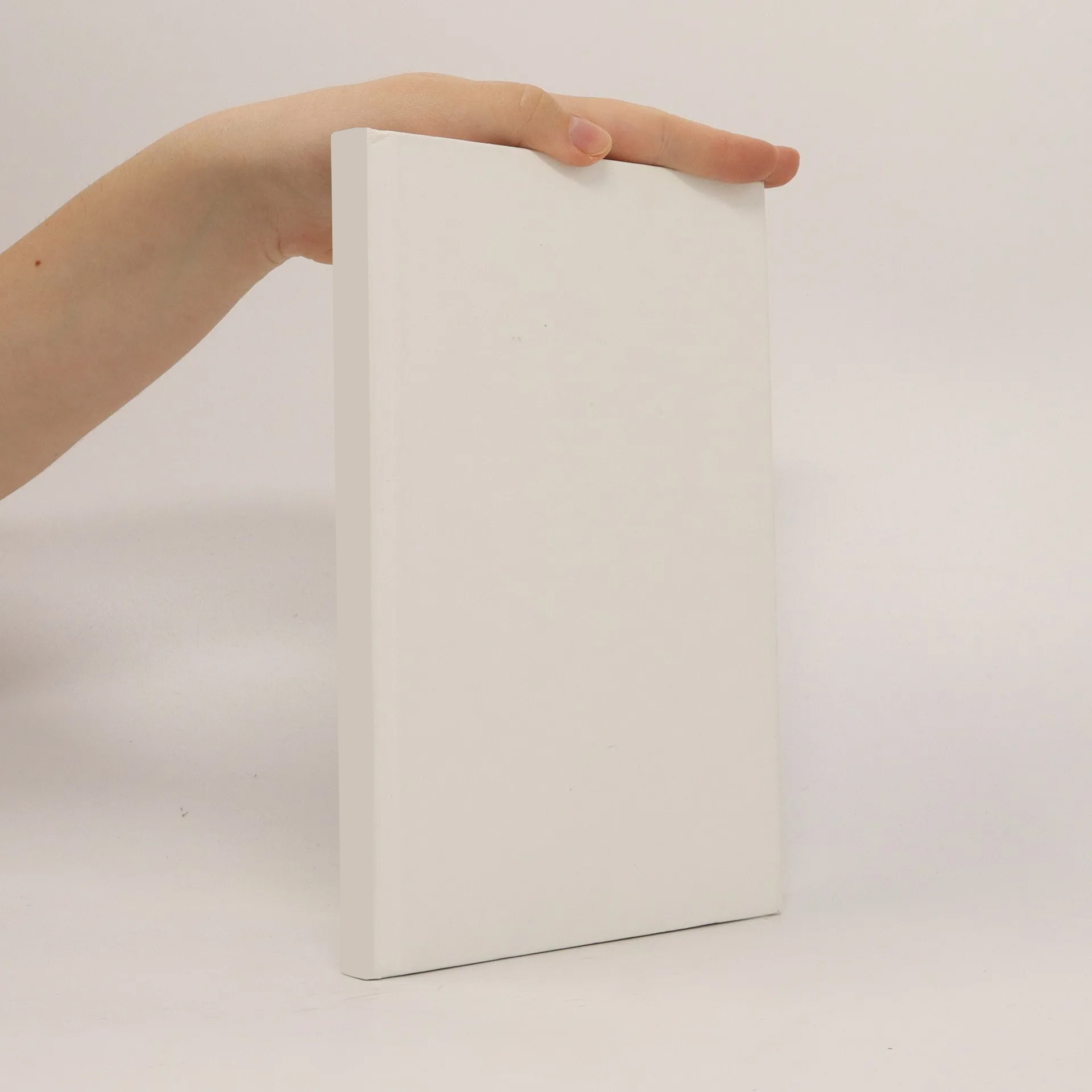
Parametry
Více o knize
GP2 is specifically expressed on the surface of M cells and takes part in the uptake of type 1 fimbriae (T1F)-positive bacteria and transport to underlying mucosal immune tissues. This process continues with the local and systemic dissemination of bacteria. T1F are one of the most common adhesive organelles in the family of Enterobacteriaceae and important adhesion factors in Salmonella intestinal pathogenicity. The FimH protein is located on top of the T1F shaft and directly interacts with receptors. Several studies have shown that serovar-associated FimH variants can differ significantly in receptor recognition and this can lead to a change in course of infection. Therefore, the aim of this study was to investigate the role of FimH sequence variation on binding to GP2 isoforms from various hosts. Porcine GP2 isoforms were expressed in SF9 cells. FimH gene sequences from 128 Salmonella isolates from five serovars of human, cattle, swine and chicken origin were determined. Expression of FimH protein in these isolates was tested with a static anti-FimH antibody adhesion assay. An isogenic system with one Salmonella strain was generated. A fimH deletion mutant was created and ten plasmids containing fimH variants were transformed into this mutant. Static adhesion assays with four human and two porcine GP2 isoforms, HRP, RNase B and anti-FimH antibody were performed. HEp-2 and IPEC-J2 cells expressing human and porcine GP2 isoforms were generated with the use of lentiviral expression system. Next, infection assays with these cell lines and an isogenic Salmonella model were carried out. Comparison of fimH gene sequences from Salmonella isolates revealed 11 sequence variants with 18 variable sites. T1F expression was dependent on serovar and isolation source. Cluster analysis revealed, that T1F expression is higher in strains from host-unrestricted compared to host-associated or host-restricted serovars. In the isogenic Salmonella model, binding to GP2 isoforms and standard proteins was FimH-variant and mannose-dependent, and glucose independent. The high binding phenotype was observed in the case of four FimH variants, low in case of three variants and no binding in case of three variants. In cell line infection assays, GP2-cell line expression dependent binding was observed in the case of three FimH variants with high binding phenotype. No host-specific binding of FimH adhesins to GP2 was observed in static adhesion assays and cell line infection assays. Adhesion of FimH-positive bacteria to GP2 might be an additional entry route for Salmonella invasion.
Nákup knihy
Expression and characterization of pancreatic secretory granule membrane major glycoprotein GP2 of animal origin, Rafal Kolenda
- Jazyk
- Rok vydání
- 2018
Doručení
Platební metody
Nikdo zatím neohodnotil.